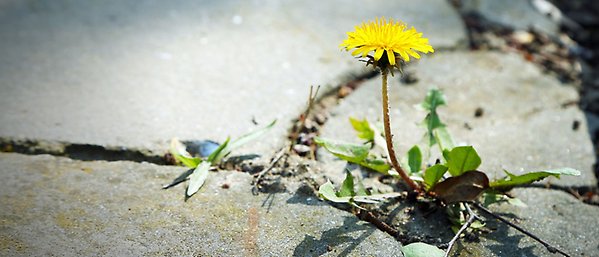Amazon rainforest
Not only clear-cuts, but even forest degradation drives CO2 emissions
.jpg)
Fires are a major cause of degradation in the Amazon. Photo: Brasil2 via Canva.com
Further degradation of the Amazon rainforest can lead to enormous C02 emissions in the upcoming decades, unless it is halted soon, new study finds
- In the Brazilian Amazon region forest degradation has been extensive during the past years
- The Amazon might be increasingly fragmented to an extent that by 2050, almost the full forest will be affected by degradation
- If the right policies are adopted and enforced, degradation can be limited
Land changes – e.g. converting forests to fields or pastures – are one of the main causes for CO2 emissions. While deforestation is maybe the most discussed land change, even processes in which forest only are damaged and not removed completely can have a high impact on greenhouse gas emissions.
In the Brazilian Amazon region, such forest degradation has been extensive during the past years and affects areas twice as large as clear-cut deforestation.
But the magnitude and future trends of CO2 emissions stemming from forest degradation in this region have until now not been entirely clear.
Now, for the first time a research team from Brazil and Sweden, including centre researcher Ana Paula D. Aguiar, has looked at future scenarios of how much C02 could be emitted if the forests of the Amazon are further degraded.
In their article which was published in Science Advances, they used two different scenarios. One in which degradation trends continue as today and one more sustainable alternative which included socioeconomic, environmental and institutional improvements in line with the commitment to zero illegal deforestation by 2030.'
The whole Amazon is at risk
In their pessimistic scenario the Amazon will be increasingly fragmented to an extent that by 2050, almost the full forest will be affected by degradation. Their model calculated also that almost 23 Gt CO2 will have been emitted due to this degradation by then, combined with deforestation processes. This amount equals roughly the current global emissions caused by all means of transports over three years.
Given the recent trends in the region, this is an increasingly plausible scenario.
Ana Paula D. Aguiar, co-author
If, however, the right policies are adopted and enforced, net emissions can be limited to an amount just short of 1 Gt CO2, the researchers’ sustainable scenario shows. Within this scenario there is also a larger area of pristine forest left by the year 2050.

Percentage of degradation in 25 km × 25 km cells from 2020 to 2050. (A) Sustainable scenario. (B) Fragmentation scenario.
Deforestation spawns further degradation
The study also looked more in depth at drivers behind forest degradation. According to their findings, the main driver is deforestation. It exposes forest edges which are then prone to degradation through logging or fires. Another relevant factor is connectivity to markets where wood and timber can be sold. Even extreme droughts can aggravate deforestation, as they facilitate the spread of fire.
“With these results, the article highlights the importance of deforestation as a factor influencing forest degradation in the Brazilian Amazon”, concludes Talita O. Assis, lead author of the article.
Assis, T.O., Aguiar, A.P.D., von Randow, C., Nobre, C.A., 2022. Projections of future forest degradation and CO2 emissions for the Brazilian Amazon. Science Advances 8, 24.








